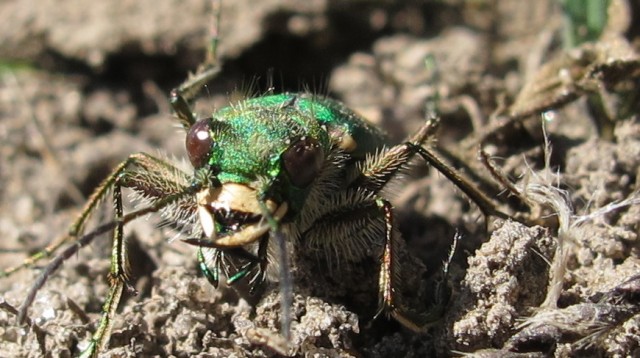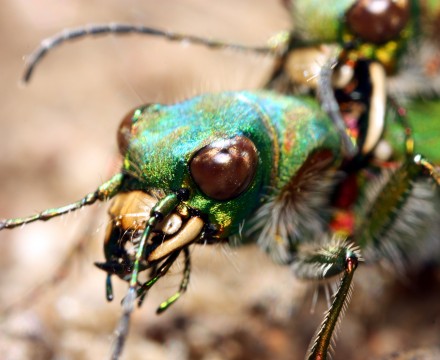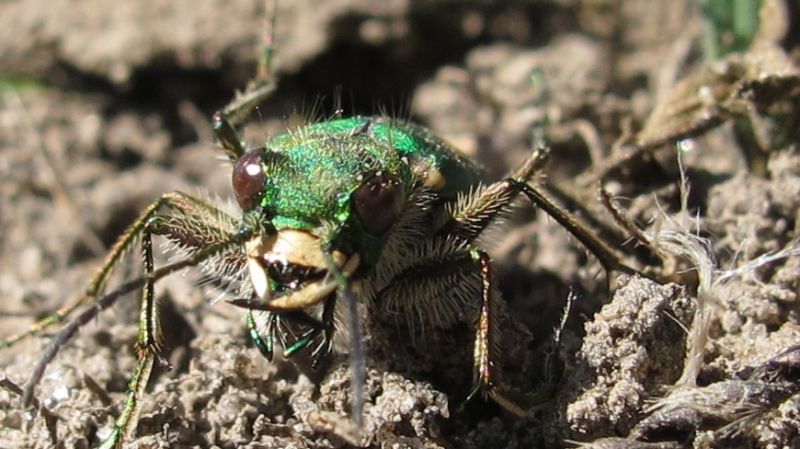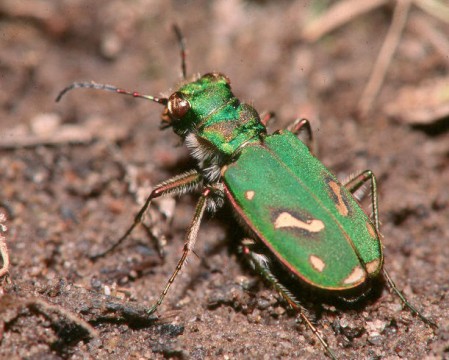
Wildlife biologists joke that they chose biology because they liked animals more than people, but now spend more time dealing with humans than wildlife. As biodiversity loss proceeds at an unprecedented rate—25% of all mammals alone are at risk of extinction—it’s not surprising that biologists increasingly focus on finding ways to protect what’s left. And protection strategies inevitably involve managing human behavior.
Wolf experts typically spend a disproportionate chunk of their time trying to convince people why taking even minor steps to coexist with carnivores—like mounting fladry (usually red flags attached to twine) along fences or placing livestock inside at night to thwart opportunistic predation—can benefit both wolves and humans. Lion biologists do much the same, while also reassuring anxious park visitors that lions really would prefer to make a meal of deer over people.
Biologists have one thing in their favor when doing public outreach for such charismatic carnivores. If people don’t have time to learn the ecological benefits of keeping lions and wolves on the landscape, they can easily appreciate the aesthetic value of having them around.
It’s a bit tougher for biologists like Tara Cornelisse to count on conservation aesthetics when making her case to protect another fearsome carnivore: the Ohlone tiger beetle.
An ambush predator like its namesake, the tiger beetle relies on agility and keen eyesight to find, stalk, and pounce on potential prey, which includes ants, spiders, smaller beetles, flies, and whatever else it can catch. Tiger beetle larvae pop from their burrow like a mini jack-in-the-box to nab invertebrate passersby.

Cornelisse’s endangered study subject, discovered in 1987, now lives in just five isolated grassland parcels in Santa Cruz County. Though Cornelisse, a PhD candidate in environmental studies at UC Santa Cruz, sees nothing but beauty in the “gorgeous" little iridescent green beetle, it’s not likely to make the cover of National Geographic anytime soon. And then there’s the human problem.

